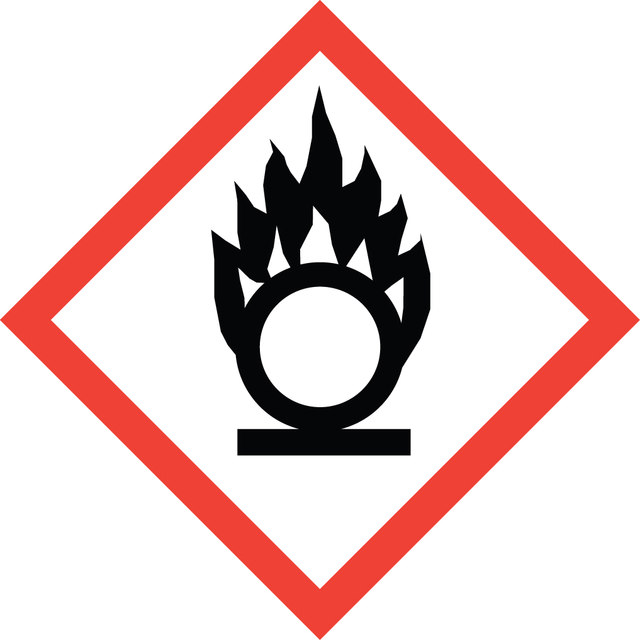All Photos(1)
About This Item
Linear Formula:
HClO4
CAS Number:
Molecular Weight:
100.46
MDL number:
UNSPSC Code:
12352300
PubChem Substance ID:
Recommended Products
product line
Vetec™
form
liquid
concentration
0.1 N in acetic acid
SMILES string
OCl(=O)(=O)=O
InChI
1S/ClHO4/c2-1(3,4)5/h(H,2,3,4,5)
InChI key
VLTRZXGMWDSKGL-UHFFFAOYSA-N
Looking for similar products? Visit Product Comparison Guide
Application
Perchloric acid (in acetic acid) can be used as a detosylating agent for the deprotection of the tosyl functional groups in p-methyl benzene sulfonyl derivatives of primary, secondary aryl amines, and chiral aminoketones. It can also be used in the aromatic mercuration reaction.
Legal Information
Vetec is a trademark of Merck KGaA, Darmstadt, Germany
Choose from one of the most recent versions:
Certificates of Analysis (COA)
Lot/Batch Number
Don't see the Right Version?
If you require a particular version, you can look up a specific certificate by the Lot or Batch number.
Already Own This Product?
Find documentation for the products that you have recently purchased in the Document Library.
Perchloric Acid-Acetic Acid: A Reagent System for Detosylation
Kudav, DP, et al.
Synthetic Communications, 17(10), 1185-1187 (1987)
Perchloric Acid catalyzed aromatic mercuration in acetic acid solution. II. The Substitution Process
Kresge, A and Brennan, J
The Journal of Organic Chemistry, 32(3), 752-755 (1967)
John Greenwood et al.
ACS nano, 9(5), 5520-5535 (2015-04-22)
We shine light on the covalent modification of graphite and graphene substrates using diazonium chemistry under ambient conditions. We report on the nature of the chemical modification of these graphitic substrates, the relation between molecular structure and film morphology, and
Martin G Liebensteiner et al.
Science (New York, N.Y.), 340(6128), 85-87 (2013-04-06)
Perchlorate and chlorate anions [(per)chlorate] exist in the environment from natural and anthropogenic sources, where they can serve as electron acceptors for bacteria. We performed growth experiments combined with genomic and proteomic analyses of the hyperthermophile Archaeoglobus fulgidus that show
Dipanwita Das et al.
Journal of the American Chemical Society, 135(10), 4018-4026 (2013-02-28)
Catalytic four-electron reduction of O2 by ferrocene (Fc) and 1,1'-dimethylferrocene (Me2Fc) occurs efficiently with a dinuclear copper(II) complex [Cu(II)2(XYLO)(OH)](2+) (1), where XYLO is a m-xylene-linked bis[(2-(2-pyridyl)ethyl)amine] dinucleating ligand with copper-bridging phenolate moiety], in the presence of perchloric acid (HClO4) in
Our team of scientists has experience in all areas of research including Life Science, Material Science, Chemical Synthesis, Chromatography, Analytical and many others.
Contact Technical Service





